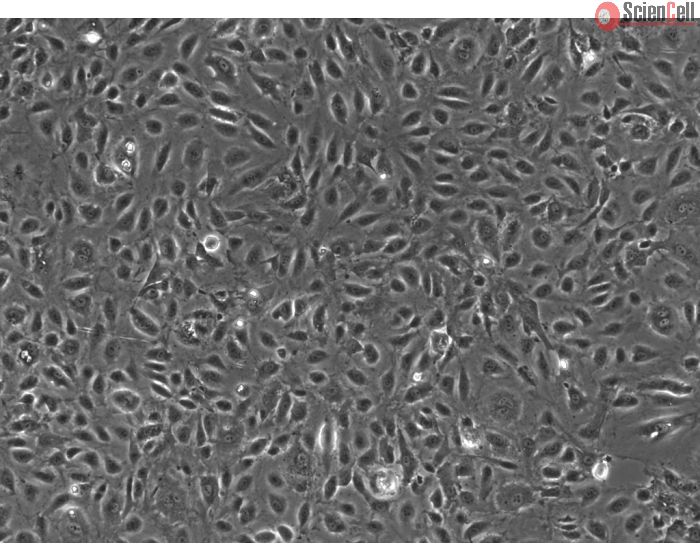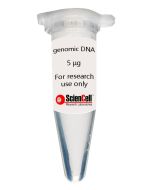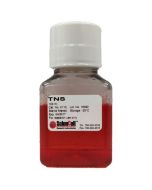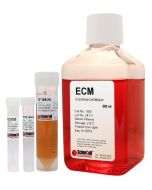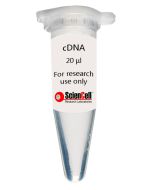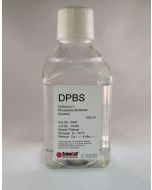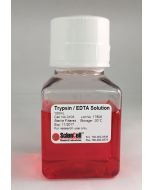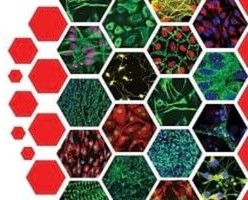Human Testicular Endothelial Cells
Catalog No.
4500
HTEC from ScienCell Research Laboratories are isolated from human testis. HTEC are cryopreserved at passage one and delivered frozen. Each vial contains >5 x 105 cells in 1 ml volume.
$898.00
In Stock
Related Products
Check items to add to the cart or
